The average two-year and tracker mortgage interest rates have remained unchanged in July, at a level of 2.49 per cent, according to price comparison site MoneyFacts. This comes despite a fall in SWAP rates, a tool that derivative market lenders use to hedge against fluctuations in interest rates.
As for mortgage rates on a two-year mortgage, these remain substantially higher than SWAP rates over a two year period. As noted, the typical two-year fixed rate was estimated to be 2.49 per cent in July, whereas a two-year SWAP rate was estimated to be as low as 0.74 per cent.
Downward pressure on rates
Cautious rhetoric from the Bank of England (BoE) is likely to have kept downward pressure on interest rates, which remain at historically low levels.
In the BoE’s May Inflation Report, the Monetary Policy Committee (MPC) opted to keep interest rates at 0.75 per cent, and continued to keep them at this level during its latest meeting in late June.
The MPC cited uncertainty over Brexit as a leading reason for keeping rates stable, before claiming that an orderly Brexit would likely result in a gradual rise in interest rates, in order to ensure the BoE could ensure price stability, in line with its 2 per cent inflation target.
Potential for lower rates
Darren Cook, finance expert at MoneyFacts, examined the mortgage and SWAP rates data, suggesting that the BoE’s approach, of maintaining low rates, was continuing to influence lenders, who decided to follow the BoE’s lead, by keeping rates stable on both two-year and five-year fixed mortgage rates.
Mr Cook added: “However, the sharp SWAP declines seen in June have continued this month…This could be the result of markets now reacting to the anticipation that the BoE is expected to cut the base rate before the end of 2019, following 12 months of economic uncertainty.”
He speculated that: “It may be a case that we need to get much closer to an almost-certain base rate change before we see large-scale changes to average mortgage rates.”
The spread between the different types of fixed rates was potentially beneficial for borrowers, according to Mr Cook.
He explained: “With the difference between the average two-year and five-year fixed rate currently at 0.36 per cent and the difference between the average five-year and 10-year fixed rate currently only 0.16 per cent, borrowers are paying less than before, to benefit from the security of locking into a fixed rate for a longer term, amid current economic uncertainty.”



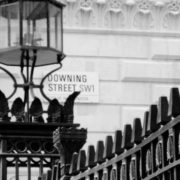
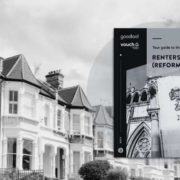


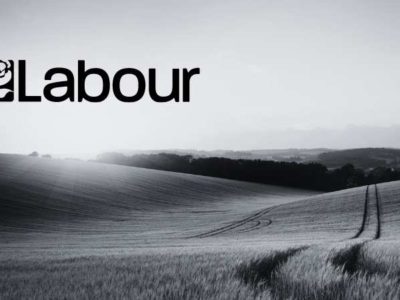

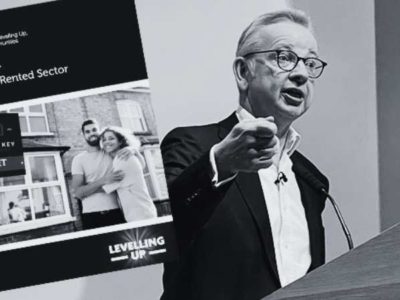


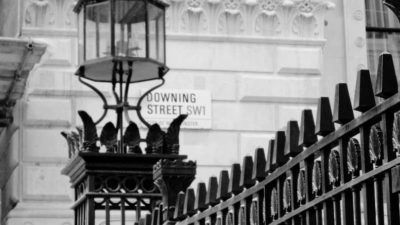
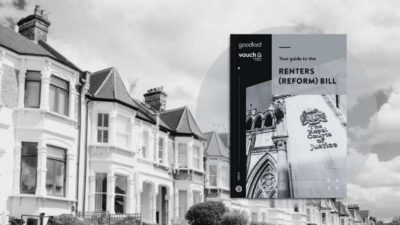

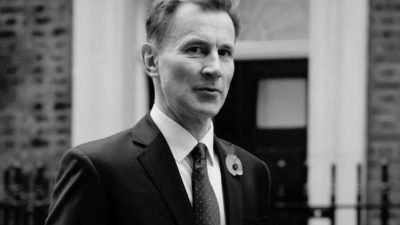





Comments